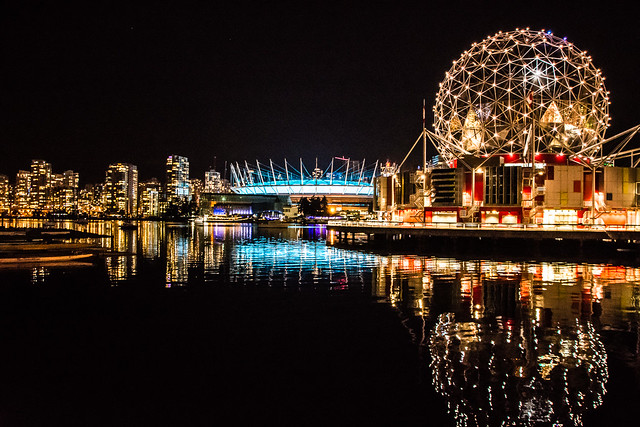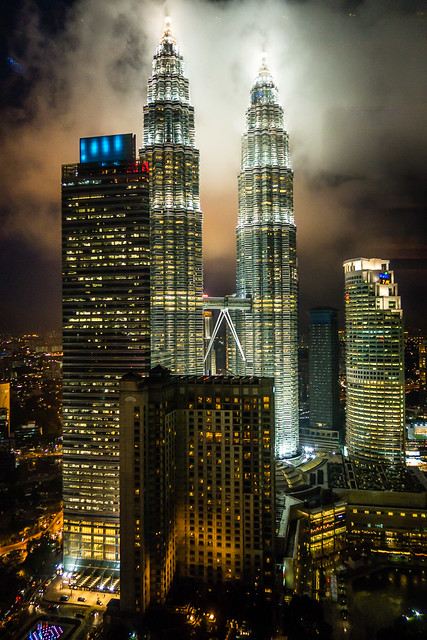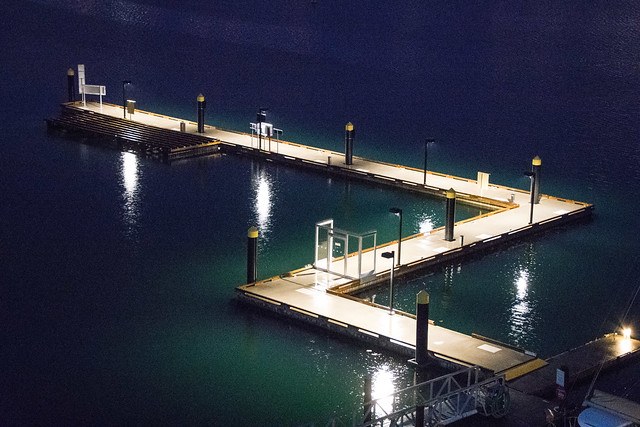Thursday, 29 August 2019
Cities Combatting Light Pollution
If you live in North America, chances are you can’t see the Milky Way. But that’s not the worst impact of light pollution. It’s also affecting our health and the health of plants and wildlife. An earlier article, based on an interview with Rick Huziak, explores light pollution in greater detail. For now, let’s look at what cities (and countries) around the world are doing to combat light pollution.
Tucson/Flagstaff
Tucson and Flagstaff, Arizona, have been attempting to reduce light pollution since 1958. And it’s working. You can see the Milky Way from downtown Flagstaff. Streetlights and parking lot lights must be shielded. They’ve banned upward-facing billboard lighting and restricted the type and amount of light per acre.
“The key factor is getting people passionate about the value of clear night skies, and how light pollution takes them away. To that end, the Flagstaff Dark Skies Coalition hosts annual star parties in the fall and year-round events—art exhibits, lectures, and musical performances—that promote cultural connection to the night sky.”
High Line Park, New York
High Line Park’s designers tried to ensure there was enough lighting to keep pedestrians safe while also ensuring they could still see the night sky. “They chose to use warmer tones in their lighting, and installed the fixtures such that they are hidden, which creates the effect of a pleasant, subtle glow. The lighting is oriented such that it is no higher than waist level, thus reducing glare.”
Mont-Mégantic Dark Sky Reserve, Quebec
The Mont-Mégantic Dark Sky Reserve is centred around the national park and observatory, but it also includes the City of Sherbrooke and 34 other municipalities.
San Francisco
Lights Out, a voluntary program, encourages building owners, managers, and tenants in San Francisco to turn off lights from dusk until dawn during migration season. “This includes internal lighting, external decorative lights and lobby or atrium lights.”
Grenoble
Following community consultation, Grenoble made changes to its street lighting: the lights “are now switched off from 12.30 a.m. to 4.30 a.m. on weekdays and from 2 a.m. to 6 a.m. on Saturday nights/Sunday mornings. Among other planned developments, sensor-controlled lighting is an option being considered in certain neighborhoods.”
Toulouse
Toulouse’s lighting master plan includes test projects involving solar and motion-sensing lighting in pedestrian areas.
Norway
Norway is experimenting with radar-controlled street lights along a stretch of highway. “The radar units . . . detect traffic along the route and its speed. The lights are then increased to full brightness in the path of the vehicle from the default illumination of 20 per cent of full output.”
France
On January 1, 2019, France adopted one of the world’s most progressive light pollution abatement policies. The goal is to establish regulations “to prevent, limit and reduce light pollution, including excessive disturbance to persons, fauna, flora or ecosystems, causing energy wastage or preventing observation of the night sky” and will apply to both public and private lighting. It covers a wide variety of areas including light over waterways, light trespass into private dwellings, and the restriction of blue light.
See Also:
Light Pollution: A Growing Problem


